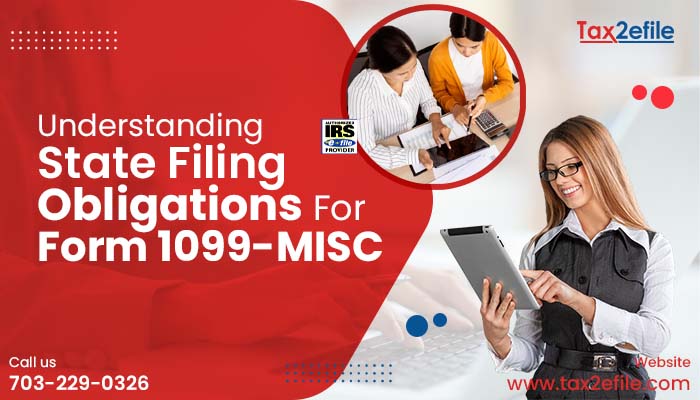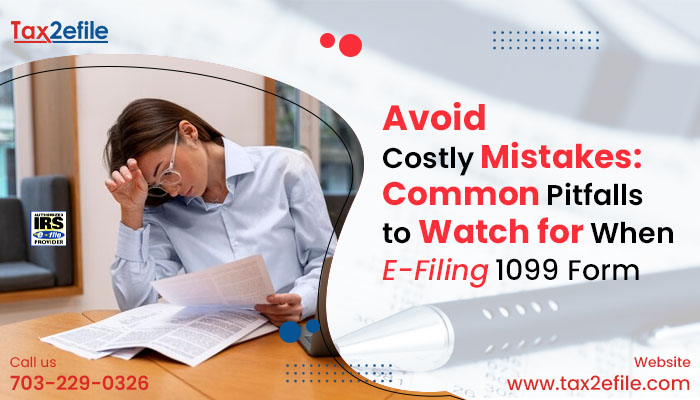- April 20, 2022

Some students save up for their tuition fees and contribute money to some qualified tuition programs such as the Coverdell ESA or a 529 Plan. After they have saved up and when they withdraw money from the account to pay the school expenses for the year, then they should report this in Form 1099-Q. This is considered as taxable income and they will receive Form 1099-Q to report all the withdrawals that they have made through the year. But they may not have to pay taxes on them if they have spent them on education and as with all 1099 Forms, this is also more of an information return tax Form.
What are the 529 and Coverdell ESA Plans?
Both these plans are tax savings plans and operate similarly. These are accounts that are set aside by the students or parents to spend on the school fees and related expenses of the beneficiaries. These two plans are slightly different in the educational expense they cover, but their tax treatment is similar. Money will be invested in these plans either by the student or their guardian. The profits made from the investments are tax-free and its distributions should be used to pay qualified educational expenses and are not subject to income tax.
Who receives Form 1099 Q?
The IRS tax Form 1099-Q comes from the bank that manages the Coverdell ESA or 529 plans. The owners of the account will receive the 1099Q Form, if the parent pays for the account on behalf of the student, then the student will have no control over the funds and is not liable for the tax consequences.
If the distributions don’t exceed the amount of the qualifying expenses of the student, then there is no need to report the distribution as income on the tax return. If the distribution exceeds the expenses, then you must report the earnings under other income on the tax return. If the school expenses of the student are paid using these funds, then the taxpayer cannot claim a tuition deduction or other educational tax credits for the expense.
Information covered under IRS Form 1099-Q
The IRS Form 1099-Q covers key information across its sections.
Box 1: Reports the annual distributions and withdrawals from the account.
Box 2: Reports part of the distributions that represent the earning or income of the initial investment.
Box 3: Reports the basis of the distribution and is the amount of the distribution that relates to the original contribution made to the account.
Form 1099- Q due dates
The bank or the administrator of the qualified tuition plan will send Form 1099-Q for the year during which money was withdrawn to make school fee payments or to transfer money between the accounts. The Forms will be sent by the administrator by January 31st of the tax year and the tax Form should be reported by the taxpayer by early February with the IRS.


